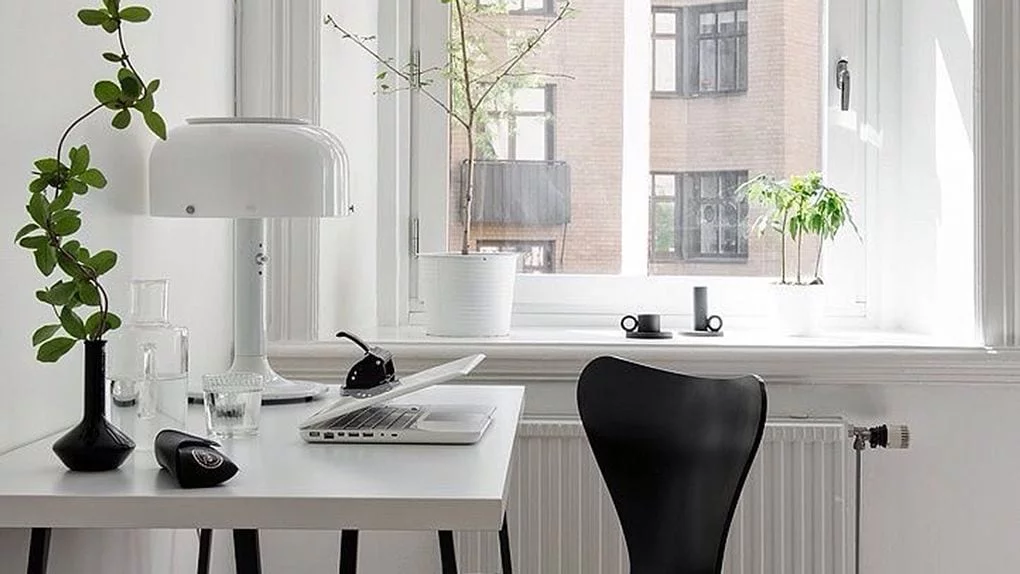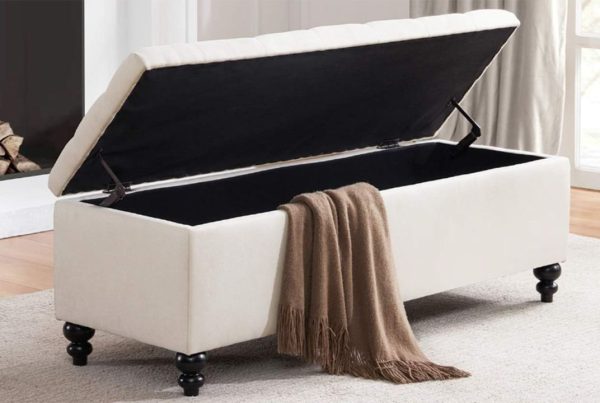As remote work becomes increasingly common, it’s essential to consider the diverse needs of individuals when designing a home office. Neurodiversity refers to the range of differences in individual brain function and behavioural traits, encompassing conditions such as ADHD, autism, dyslexia, and others. Creating a workspace that accommodates these differences can significantly enhance productivity, comfort, and well-being.
1. Prioritise Sensory Considerations
For neurodivergent individuals, sensory stimuli can be either a source of comfort or distraction. To create a sensory-friendly workspace, consider the following:
- Lighting: Natural light is beneficial, but it’s important to manage glare and harsh brightness. Adjustable task lighting can provide the right level of illumination.
- Sound: Noise-cancelling headphones or white noise machines can help block out distracting sounds. For those who prefer quiet, consider soundproofing options.
- Textures: Incorporate soft furnishings like rugs and cushions to create a comforting environment. Choose furniture with textures that are pleasant to touch.
2. Create a Flexible Layout
Flexibility in workspace layout can accommodate the varied needs of neurodivergent individuals. A flexible layout allows for changes in the environment based on the task at hand or the individual’s sensory needs.
- Movable Furniture: Desks and chairs on wheels or lightweight furniture make it easier to rearrange the space as needed.
- Zones: Create different zones within the office for different activities, such as a quiet area for focused work and a separate space for creative tasks.
- Personalisation: Allow for personalisation of the space with items that bring comfort or motivation, such as plants, artwork, or family photos.
3. Implement Organisational Tools
Organisation is key to reducing stress and improving productivity. However, traditional organisational methods may not work for everyone. Consider these adaptive strategies:
- Visual Aids: Use colour-coded files, sticky notes, or whiteboards to help with task management and memory prompts.
- Clear Storage Solutions: Transparent containers and open shelving allow for easy access and visibility of important items.
- Digital Tools: For those who prefer digital organisation, apps like Trello or Evernote can be customised to suit individual preferences.
4. Encourage Movement and Breaks
Movement and regular breaks are particularly beneficial for neurodivergent individuals, helping to reduce fatigue and increase focus. Incorporate the following into your home office design:
- Standing Desks: Adjustable desks that allow for both sitting and standing can help with energy levels and focus.
- Break Areas: Set up a comfortable area with a chair or yoga mat where brief breaks can be taken to relax or stretch.
- Timers and Reminders: Use visual timers or apps to remind when it’s time to take a break or switch tasks.
5. Personalise the Environment
Ultimately, the most effective home office is one that reflects the individual’s needs and preferences. Encourage customisation based on what works best for the person using the space. Whether it’s a specific colour scheme, sensory tools, or personalised decor, the goal is to create an environment that supports well-being and productivity.
Conclusion
Designing a home office with neurodiversity in mind involves understanding and accommodating a range of sensory and organisational needs. By prioritising sensory considerations, creating a flexible layout, implementing adaptive organisational tools, and encouraging movement, you can create a workspace that enhances both comfort and productivity for neurodivergent individuals. Personalisation is key—allowing the individual to tailor their space to their unique needs will lead to the most successful and supportive work environment.



